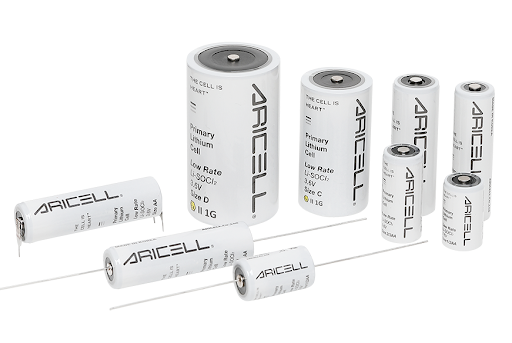The demand for rechargeable lithium-ion batteries has skyrocketed in recent years, driven by the proliferation of portable electronics, electric vehicles, and renewable energy storage systems. As the global push for sustainable energy solutions intensifies, researchers and manufacturers are continually innovating to enhance the performance and efficiency of lithium-ion batteries. In particular, advancements in materials innovation play a crucial role in shaping the future of lithium-ion battery technology.
Latest Developments in Electrode Materials:
One of the key areas of focus in materials innovation for lithium-ion batteries is the development of advanced electrode materials. Traditionally, graphite has been the primary choice for the anode due to its stability and high conductivity. However, researchers are now exploring alternative materials, such as silicon, lithium titanate, and various metal oxides, to improve energy density and cycling stability. Silicon, in particular, has garnered attention for its high theoretical capacity, although challenges such as volume expansion and poor cycling stability need to be addressed for practical implementation.
On the cathode side, the quest for higher energy density has led to the development of high-nickel cathode materials. Nickel-rich cathodes, such as nickel manganese cobalt oxide (NMC) and nickel cobalt aluminum oxide (NCA), offer increased capacity and improved thermal stability compared to conventional lithium cobalt oxide (LCO) cathodes. These advancements in electrode materials contribute to higher energy density, faster charging rates, and longer cycle life for lithium-ion batteries.
Innovations in Electrolytes and Separators:
In addition to electrode materials, researchers are also focusing on improving the electrolytes and separators used in lithium-ion batteries. Traditional liquid electrolytes, composed of lithium salts dissolved in organic solvents, offer high ionic conductivity but are prone to safety issues such as leakage and thermal runaway. As a result, there is growing interest in solid-state electrolytes, which offer enhanced safety, stability, and compatibility with high-voltage cathode materials. Solid-state electrolytes can enable the development of next-generation lithium-ion batteries with increased energy density and improved safety profiles.
Furthermore, advancements in separator materials play a crucial role in preventing internal short circuits and enhancing battery safety. Nanocomposite separators, incorporating ceramic or polymer nanoparticles, offer improved mechanical strength, thermal stability, and electrolyte wettability compared to traditional polyethylene separators. These innovations contribute to the overall performance and reliability of lithium-ion batteries, particularly in demanding applications such as electric vehicles and grid energy storage.
Impact on Performance, Energy Density, and Cost:
The integration of advanced electrode materials, electrolytes, and separators into lithium-ion batteries has a significant impact on their performance, energy density, and cost. Higher energy density enables longer operating times and increased driving range for electric vehicles, while improved cycling stability prolongs battery lifespan and reduces maintenance costs. Moreover, advancements in materials innovation can lead to more cost-effective battery manufacturing processes, ultimately driving down the overall cost of lithium-ion batteries and making sustainable energy storage solutions more accessible to consumers.
Summing Up
Materials innovation plays a pivotal role in advancing the capabilities of rechargeable lithium-ion batteries and unlocking their full potential for various applications. Stay tuned for updates on the latest advancements in materials innovation and their implications for the future of sustainable energy storage solutions.

